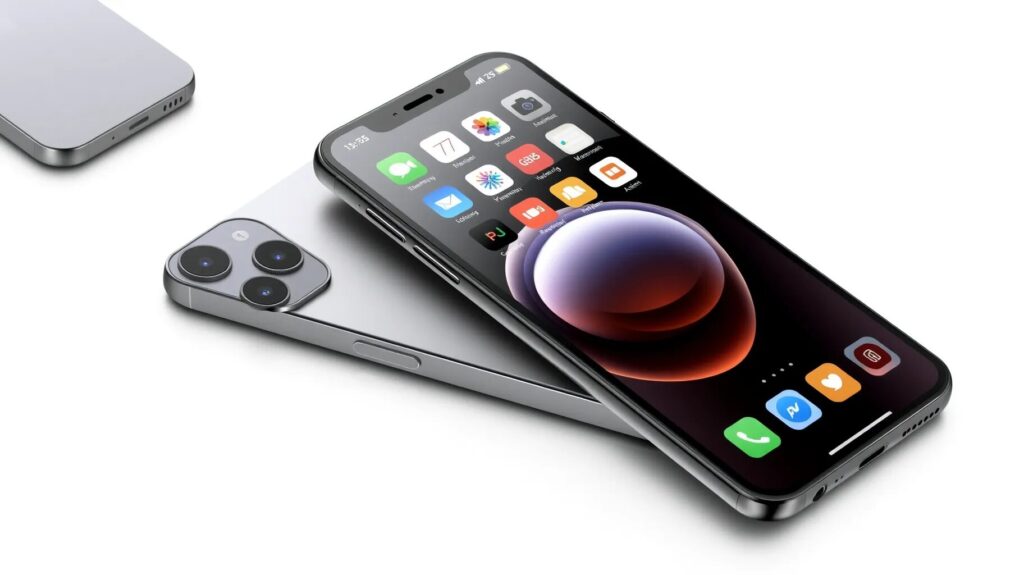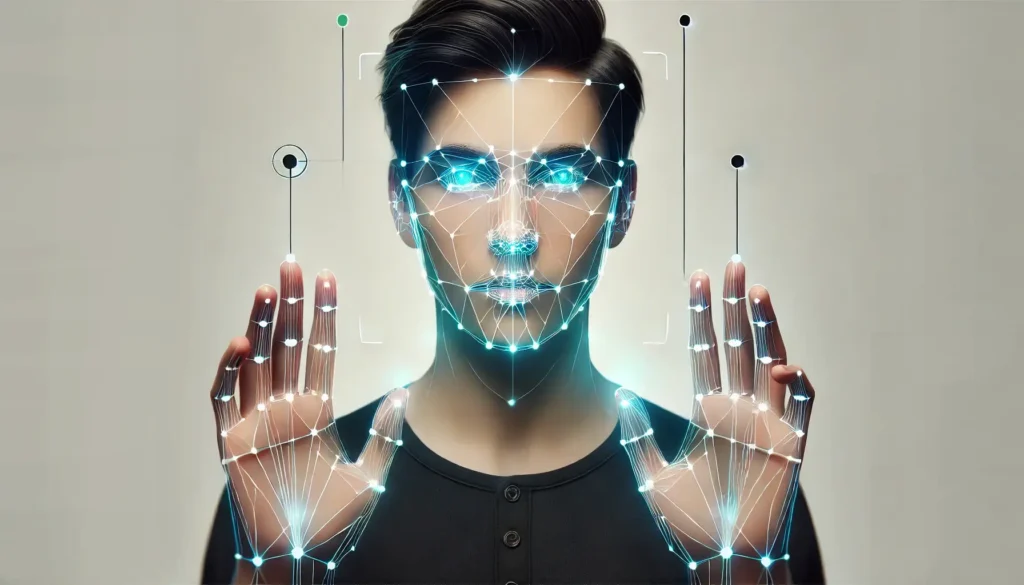
Advancements in technology have changed how we access and interpret visual information, but for those who are visually impaired, the ability to interact with visual content through voice commands is revolutionary.
Visual Question Answering (VQA) technology can bridge this gap, allowing people with visual impairments to engage more fully with visual media.
Here, we’ll explore how VQA works, why it’s essential for accessibility, and what the future holds for this transformative technology.
What is Visual Question Answering (VQA)?
Visual Question Answering (VQA) is an AI-based system that allows users to ask questions about visual content and receive answers in real-time. This could include anything from “What color is the car?” to “How many people are in this picture?” Through image recognition and natural language processing, VQA systems can interpret the visual elements and provide a response that’s both accurate and relevant.
How Does VQA Work?
VQA operates by using a combination of machine learning algorithms and natural language processing (NLP) to interpret images and understand questions. When a user asks a question about an image, the system:
- Processes the Image: Uses computer vision to analyze and identify objects, colors, and patterns.
- Understands the Question: Through NLP, the system interprets the user’s question and determines what information is required.
- Generates an Answer: Matches the interpreted question with the identified visual data to generate an answer.
This process typically happens within seconds, allowing for fast and accurate responses.
Why VQA is Important for the Visually Impaired
For individuals with visual impairments, accessing visual information isn’t just about seeing—it’s about understanding the world around them. VQA can serve as their “eyes,” providing details they would otherwise miss.
Enhancing Daily Interactions
VQA can assist users with everyday tasks that require visual understanding, such as:
- Identifying objects in their environment
- Reading text on a screen or sign
- Determining details about people, such as facial expressions or clothing
This level of assistance can enhance independence and improve confidence in daily activities.
Promoting Social Inclusion
For many visually impaired individuals, social interactions can feel limited due to an inability to interpret visual cues. VQA technology allows users to participate more fully in conversations, understand shared visual media, and interact with people around them in a more meaningful way.
Key Benefits of VQA Technology for Accessibility
As VQA technology becomes more advanced, it offers numerous benefits that go beyond simple image recognition.
Real-Time Responses
The real-time processing of VQA allows users to receive answers almost instantly, making it ideal for fast-paced environments or situations where quick decisions are needed.
Increased Autonomy
By providing detailed information about the user’s surroundings, VQA technology empowers visually impaired users to navigate spaces independently, boosting their autonomy and reducing reliance on others.
Versatile Applications
From education to navigation, VQA can be applied in numerous ways:
- Educational Tools: VQA can help visually impaired students access visual learning materials.
- Navigation Assistance: By providing descriptions of street signs, landmarks, or building layouts, VQA makes navigation more accessible.
- Health and Safety: VQA technology can help users safely navigate environments by identifying obstacles or reading safety signs.
How VQA Integrates with Other Assistive Technologies

VQA is often paired with other assistive tools to enhance accessibility further. By combining VQA with devices like screen readers, audio descriptions, and wearable technology, users can experience a more seamless interaction with their environment.
Screen Readers and Audio Descriptions
Most visually impaired individuals rely on screen readers, which read out text on a screen. When combined with VQA, screen readers can also provide contextual descriptions of images, allowing for a richer multimedia experience.
Wearable Technology
Wearable devices equipped with cameras and VQA technology allow users to access real-time visual information hands-free. Smart glasses, for example, can deliver spoken descriptions directly to the user, making VQA even more accessible.
Challenges and Limitations of VQA for the Visually Impaired
While VQA technology offers significant benefits, there are still challenges to overcome.
Accuracy and Bias
Like many AI systems, VQA can struggle with accuracy, particularly in complex images or images with ambiguous content. Additionally, VQA algorithms can inherit biases from the data they are trained on, which may lead to inaccurate or inappropriate answers.
Privacy Concerns
Since VQA requires access to real-time images, there are privacy concerns associated with data collection. Users need to trust that their data is secure and not stored or misused.
Cost and Accessibility
High costs can also be a barrier to access. While many VQA tools are available for free on mobile apps, more advanced options, such as wearable VQA devices, may be too expensive for some users.
The Future of VQA in Accessibility Technology

As VQA continues to develop, the technology will likely become more accurate, accessible, and affordable. Advancements in AI, NLP, and machine learning are paving the way for more nuanced and accurate answers, even in challenging scenarios.
Towards More Personalized VQA Experiences
Future VQA systems may become more personalized, learning a user’s preferences and offering tailored answers. This could make VQA technology more intuitive and user-friendly for people with visual impairments.
Integration with Augmented Reality (AR)
Augmented reality (AR) has enormous potential for VQA applications. By combining VQA with AR, users could interact with digital overlays that provide detailed information about their surroundings in real time, further enhancing accessibility.
Final Thoughts
Visual Question Answering technology has opened new doors for visually impaired individuals, allowing them to access visual information independently and participate more fully in daily life. While there are challenges to address, the benefits of VQA in accessibility are undeniable, and the future holds exciting possibilities. As VQA technology evolves, it will continue to be a vital tool in bridging the accessibility gap, empowering those with visual impairments to live more independently and engage more meaningfully with the world around them.
Further Reading and Resources
- Microsoft’s Seeing AI App: An AI-powered app that provides spoken descriptions of visual content.
- OrCam’s MyEye Pro: A wearable device that uses VQA to read text and identify faces.
- American Foundation for the Blind – Assistive Technology: A comprehensive guide to assistive technology for visually impaired individuals.
FAQs
Can VQA work with other assistive technologies?
Yes, VQA is highly compatible with other assistive technologies. It can enhance screen readers by providing image descriptions and can also work with wearable devices, such as smart glasses, for hands-free interaction. These integrations make VQA even more effective in delivering accessible visual content.
What are some common challenges with VQA technology?
One of the main challenges with VQA technology is ensuring accuracy, as complex images can sometimes lead to misunderstandings. There are also concerns about data privacy, as VQA devices may need real-time access to images, and cost barriers may limit accessibility to more advanced devices.
What is the future of VQA technology?
The future of VQA is promising, with advancements in artificial intelligence and augmented reality (AR) making it increasingly accurate and accessible. Future VQA systems are expected to offer more personalized experiences and may integrate with AR to create digital overlays that enrich real-world navigation and visual understanding for visually impaired individuals.
Is VQA technology affordable for everyone?
While many VQA applications, like mobile apps, are available for free or at a low cost, more advanced wearable devices can be expensive, which can limit accessibility for some users. However, as technology advances and demand grows, prices are likely to decrease, making VQA more affordable and accessible to a broader audience.
Can VQA recognize text and read it out loud?
Yes, VQA can identify and read text within an image using Optical Character Recognition (OCR). This feature is especially useful for visually impaired users, as it allows them to read printed text on signs, labels, documents, or any other form of visual text in real time, providing crucial information for daily tasks.
How accurate is VQA technology in real-world settings?
VQA is generally quite accurate, especially when analyzing clear images or simple visual content. However, its accuracy can decrease in complex or cluttered scenes. As the technology improves, though, VQA systems are becoming better at managing diverse and challenging visual content, making them increasingly reliable in real-world applications.
Does VQA work offline?
Most VQA applications require internet connectivity, as they rely on cloud-based computing to process images and generate answers. However, some apps and devices offer limited offline functionality, and future advancements may allow for more offline capabilities as processing technology becomes more efficient.
Is VQA technology available in multiple languages?
Yes, many VQA applications support multiple languages. This feature allows users worldwide to benefit from VQA regardless of their preferred language, making it more inclusive and versatile for diverse communities. More language options are expected to become available as the technology expands.
Are there specific VQA tools designed for educational use?
Absolutely. Some VQA applications are specifically designed for educational purposes, helping visually impaired students access visual content in classrooms or learning environments. These tools can describe diagrams, read text from books or whiteboards, and offer interactive learning experiences tailored to individual needs.
How does VQA handle complex questions about images?
VQA is designed to answer a range of questions, from simple inquiries to more complex ones that require deeper analysis of the image. However, it can sometimes struggle with highly complex questions that involve abstract concepts or emotions. Advanced VQA systems are improving their ability to interpret these kinds of questions, but the technology is still evolving in this area.
Can VQA technology recognize people and facial expressions?
Yes, many VQA applications can recognize faces and even interpret facial expressions, allowing visually impaired users to understand social cues and emotions better. This can be especially helpful in social situations, as it enables users to gauge the mood and expressions of people around them, fostering more comfortable and informed interactions.
Is VQA secure, and how is data handled?
Security and privacy are critical concerns in VQA technology, particularly for applications that require access to personal images. Reputable VQA applications and devices have strict privacy policies and secure data-handling processes. Some VQA systems process images directly on the device to avoid cloud storage, reducing privacy risks. As with any tech, users should review privacy policies to ensure they are comfortable with data handling practices.
Can VQA assist in identifying obstacles for navigation?
Yes, VQA technology can help visually impaired users identify obstacles and navigate spaces more safely. By answering questions like “Is there an obstacle in front of me?” or “What is in this room?” VQA helps users understand their environment and move around more independently, reducing the risk of accidents or disorientation.
Are there age limitations for using VQA?
VQA technology can be used by people of all ages, but certain devices or applications may be designed for adults or young adults. Some VQA tools are child-friendly, offering a simplified interface and user experience tailored to younger users, especially in educational settings. Parents and guardians should review each tool’s features to ensure they’re suitable for younger users.
Can VQA identify colors or patterns?
Yes, VQA technology can identify colors, shapes, and even specific patterns within an image. This is valuable for visually impaired users when choosing clothing, interpreting visual art, or recognizing important visual details, such as distinguishing between similarly shaped objects by color or pattern. This functionality enriches the user’s engagement with visual content in meaningful and practical ways.


